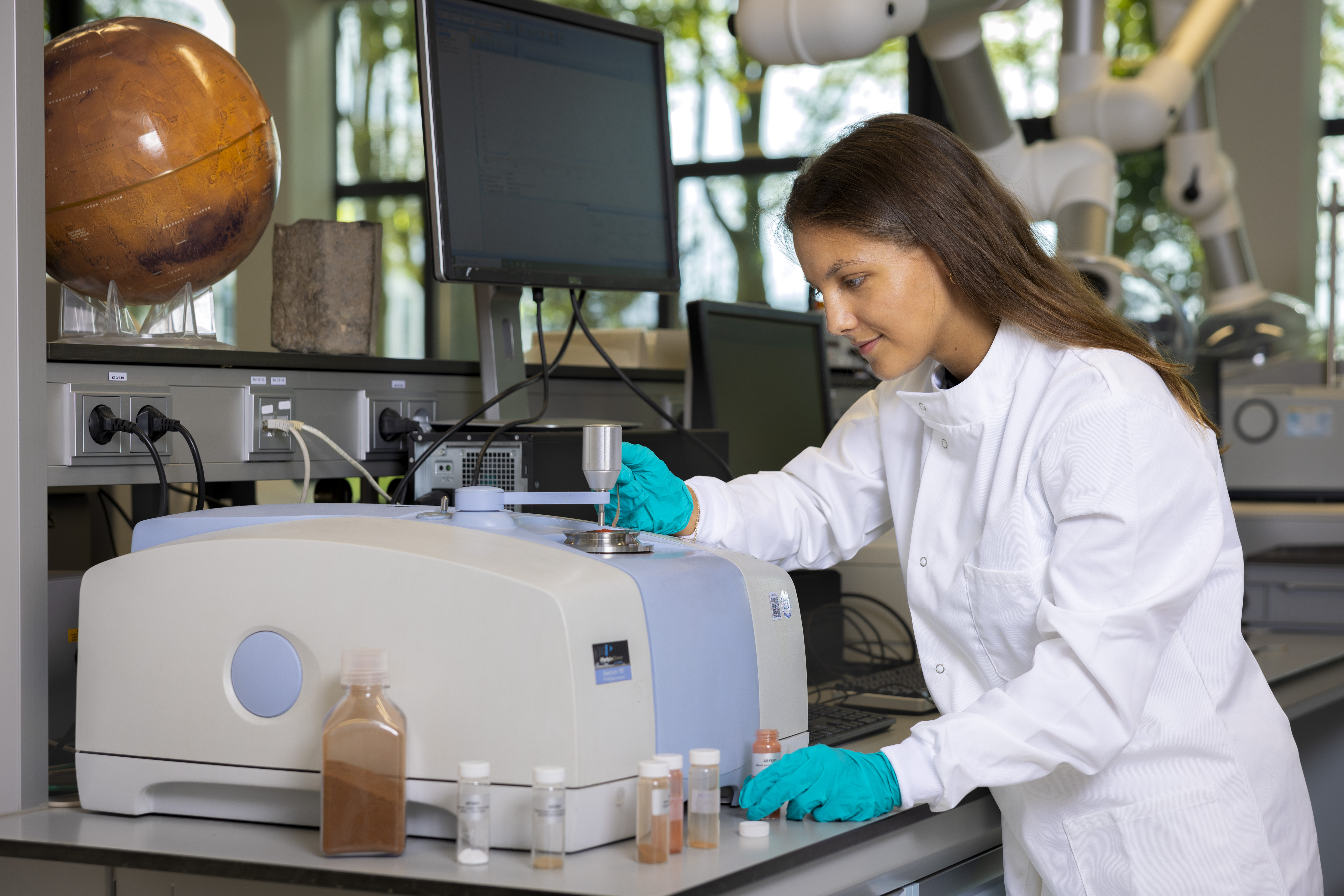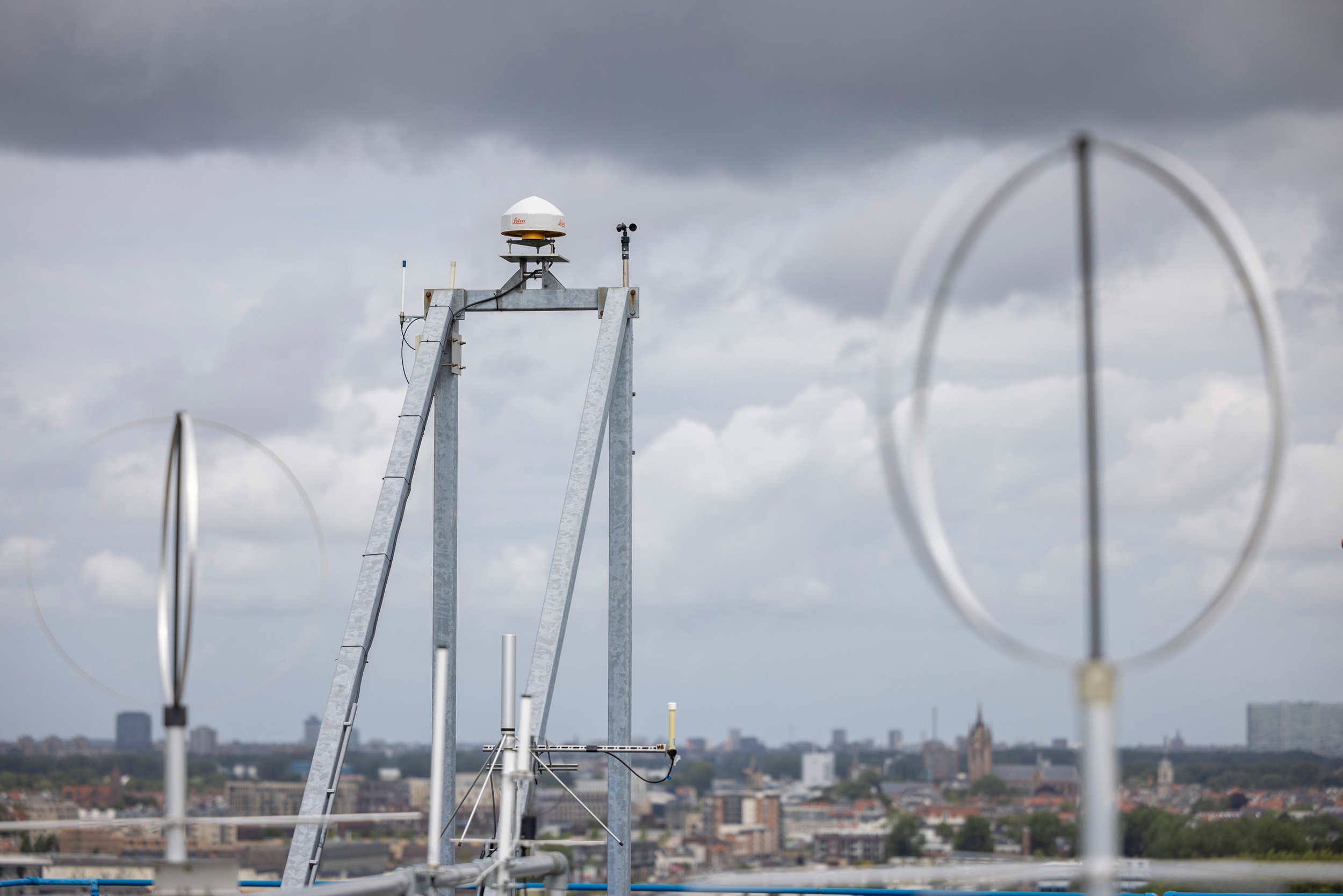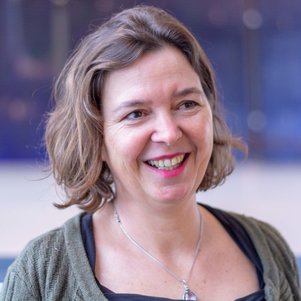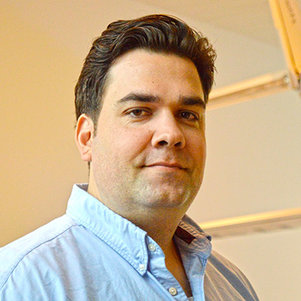Facilities
Our group has developed several laboratory and computational facilities that we use for research in planetary science. Below you can find an overview of current facilities and the ones under development.
Delft Planetary Labs
The Delft Planetary Labs (DPL) is a coherent framework of research facilities that are centred on applications in planetary science. DPL is a ‘distributed lab’ consisting of lab facilities that use different research strategies to study the properties of asteroids, planets and (icy) moons. All these facilities have in common that planetary properties and processes are studied using an analogue approach. This means that we recreate conditions found on other planets through lab environments, use of analogue materials or by exploring field (i.e., landform and rock) analogues. This approach offers excellent crosslinking of labs with each other and with other topics studied within the Space Engineering department. We can study observables, help test instruments and offer validation for in silico (modelling) studies. The facilities below are currently part of the DPL and its overall lab manager is Dr. Stephanie Cazaux.
- Vacuum chamber for planetary surface
The aim of this laboratory facility is to investigate planetary analogues under low temperature and pressure conditions that are met on moons and planets in our solar system. Dr. Stéphanie Cazaux is the point of contact for this facility. - UV-to-IR spectroscopic facility
Our facilities for the spectroscopic investigation of planetary surfaces consists of a FTIR spectrometer that covers the spectral range from the UV to IR (0.36 – 28.5µm). It can obtain spectra over the complete range without action by an operator to manually change optics. Dr. Sandra Potin is the point of contact for this facility. - Venus Simulation Laboratory
The VSL will be a facility that is aimed to directly simulate the extreme conditions on Venus, from interior to atmosphere. The VSL will consist of two separate facilities. A series of high pressure-temperature autoclaves allow studies of surface weathering on Venus both ex- and in situ. A high pressure-temperature furnace supports studies of magma ocean – atmosphere interactions and volcanic eruptions on Venus. Dr. Edgar Steenstra will set up these facilities starting in 2024 and acts as its point of contact. - Planetary Flight Office
The Planetary Flight Office is a ‘field lab’ that uses commercial drones and sensors for field studies in planetary geoscience and meteorite research. Drones are a versatile tool that we can use for a variety of applications and they are uniquely suited to fill the spatial gap between a lab-setting and orbit, making this approach highly complementary to our other laboratories. The flight operations are managed by our drone pilot Dr. Sebastiaan de Vet. - High performance computing
Our capacity group for planetary interior modelling develops and applies numerical models to study the interior of the moons of Jupiter and Saturn, and the Earth. We have 2 servers for simulations to predict deformation, heat generation and gravity change due to surface loading, tidal dissipation and rotation, for planetary bodies with fluid layers and 3D variation in parameters. Dr. ir. Wouter van der Wal is the point of contact for this facility.
DakLab (‘Rooftop laboratory’)
At the roof of the high-rise building of the Aerospace Engineering faculty we have created a dedicated Rooftop Laboratory. We facilitate access to the sky and support various users to operate radio set-ups, track satellites and make astronomical observations. A broad user group, from start-ups to academic researchers currently operate their instrumentation, which can be typically placed outside on the rooftop of the faculty building with a short turnover time. The lab manager of the Rooftop Laboratory is Dr. ir. Bart Root.



